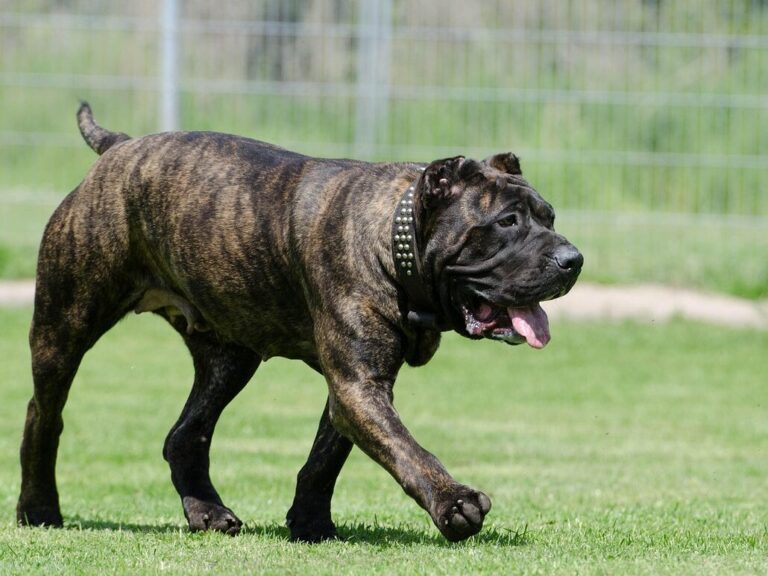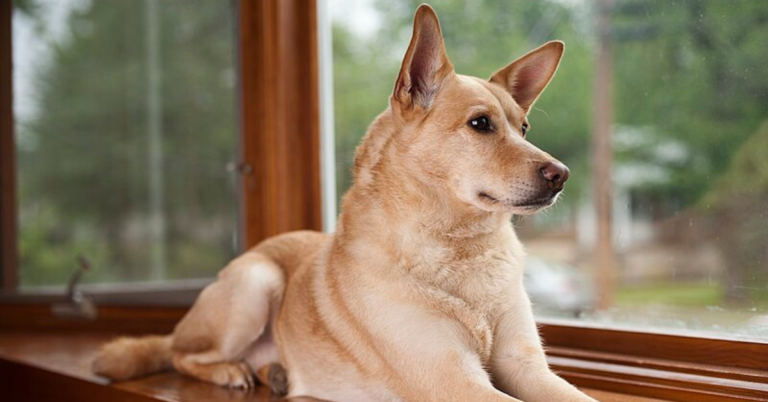25 Dog Breeds That Aren’t For Everyone
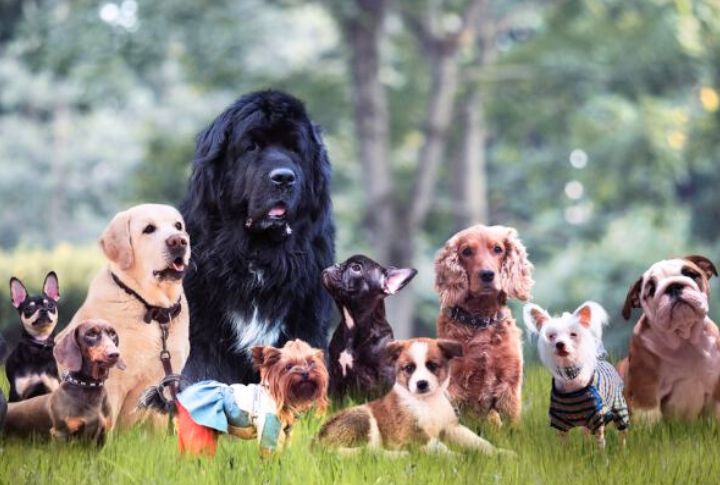
Before you get swept up by those adorable puppy eyes and Instagram-worthy moments, let’s get real: some dog breeds come with way more baggage than you’d expect. Choosing a dog based on looks alone? Big mistake. These breeds might seem like a dream, but they can turn your life upside down with their endless energy and sky-high grooming demands. Going for a more low-maintenance companion is perfectly fine if you’re not ready for the challenge. Here are 25 dog breeds that might make you reconsider your choice.
Dalmatian
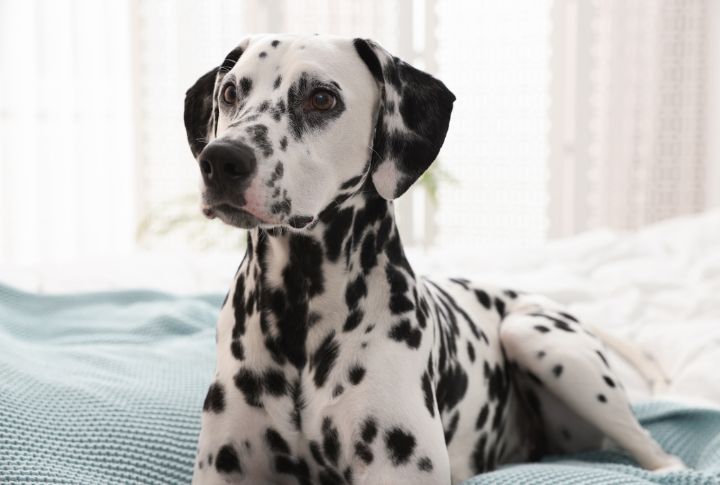
Dalmatians can be quite a handful; their high-energy nature demands extensive exercise, and their stubborn streak requires consistent training, quickly overwhelming inexperienced owners. While Dalmatians are loyal and friendly with their human families, they can be cautious or irritable around strangers. This temperament, coupled with their large size, can sometimes lead to intimidating or aggressive behavior.
Irish Wolfhound
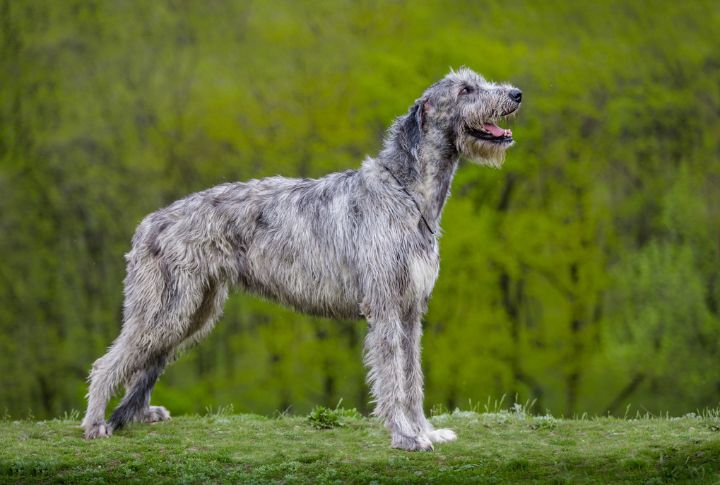
These giant dog breeds require ample space and specialized care. Their sheer size can overwhelm those unprepared for a hefty companion. Additionally, they are genetically predisposed to heart issues, such as cardiomyopathy. Irish Wolfhound can also be clumsy, often dashing around your home and needing plenty of attention and companionship.
Siberian Husky
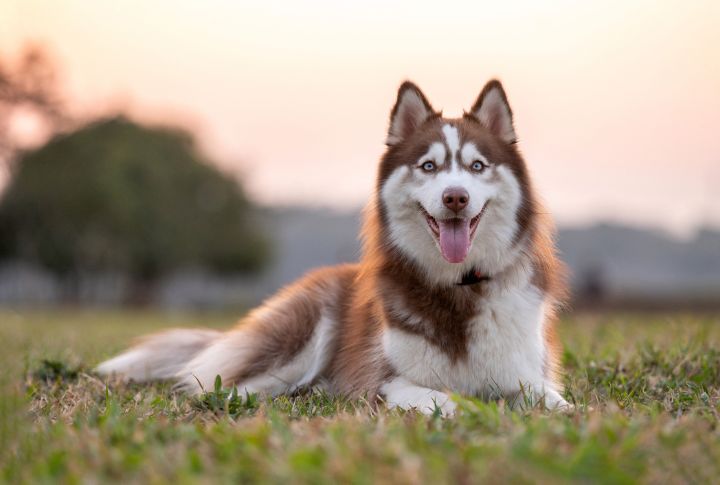
Huskies tend to have quite a strong prey drive and a fierce sense of independence, frequently challenging first-time dog owners who underestimate their need for exercise and mental stimulation. They can exhibit dominance and aggression toward other animals, requiring experienced handling. Their elevated energy regularly leads to destructive behavior and even biting if improperly exercised.
Great Dane
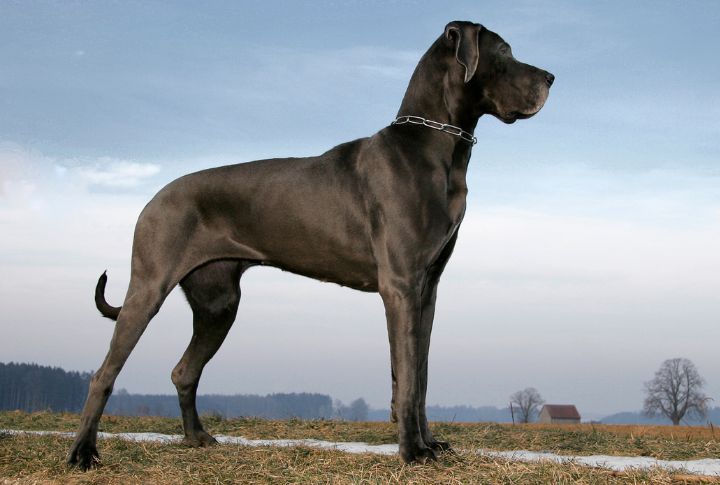
With their impressive size, Great Danes need plenty of space and can inadvertently cause damage. Their short lifespan can also surprise some dog parents. Reaching heights of 32 inches at the shoulder, they often face health challenges like hip dysplasia and osteoarthritis due to their massive size. Additionally, their food intake is substantial, which is another important consideration.
Beagle
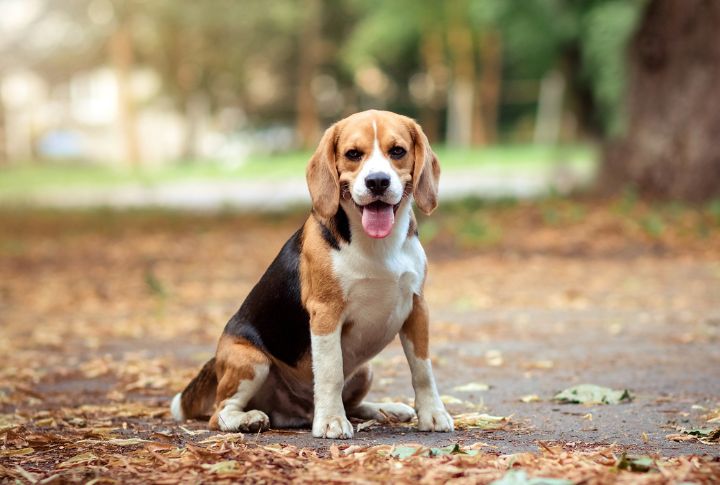
Their strong scent-driven instincts can lead to frequent escapes if not adequately trained and secured. Beagles have a characteristic baying that can surprise new owners with its loudness. They crave human companionship so much that they can develop severe separation anxiety when left alone, constantly resulting in destructive behaviors like chewing on shoes or scratching doors.
English Bulldog
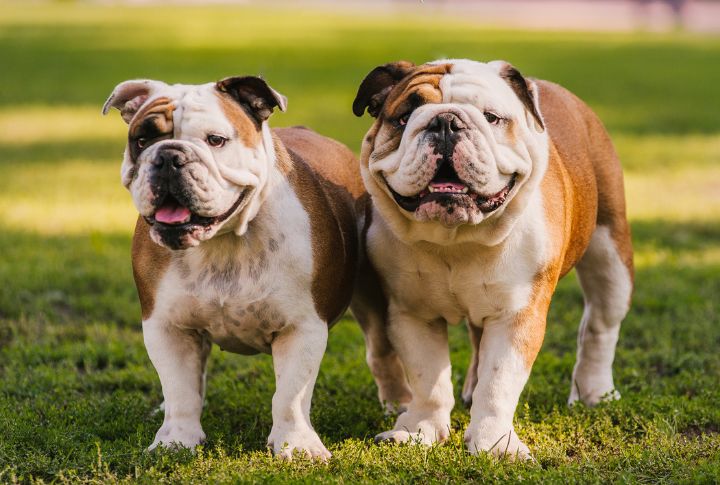
Due to their brachycephalic (short-nosed) structure, Bulldogs suffer from skin, ear, and eye issues, alongside respiratory problems that require vigilant care and potentially costly veterinary treatments. These mutts’ stout physique complicates physical activity, especially in warmer climates where breathing difficulties can worsen. Their independent streak and resistance to training can be challenging for inexperienced caregivers.
Chihuahua
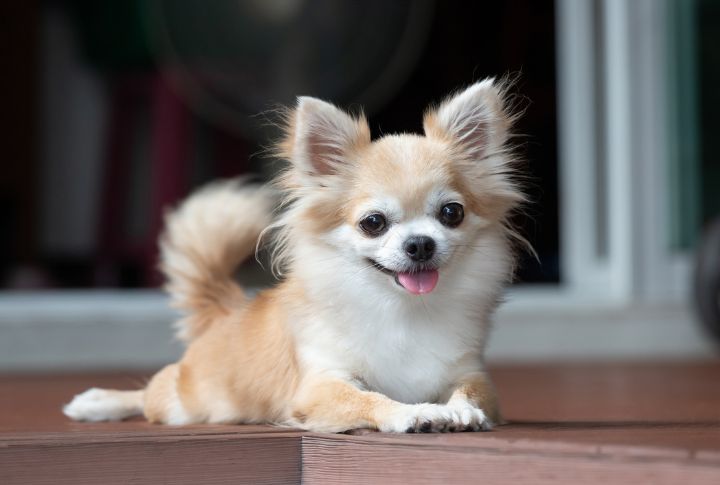
Despite their undeniable cuteness and vibrant personalities, Chihuahuas can pose unexpected challenges for unsuspecting parents. Their bold demeanor, if not adequately trained, can develop into a feisty and occasionally aggressive nature. Owners who underestimate their spirited temperament and training needs might end up with a dog prone to excessive barking.
Pomeranian
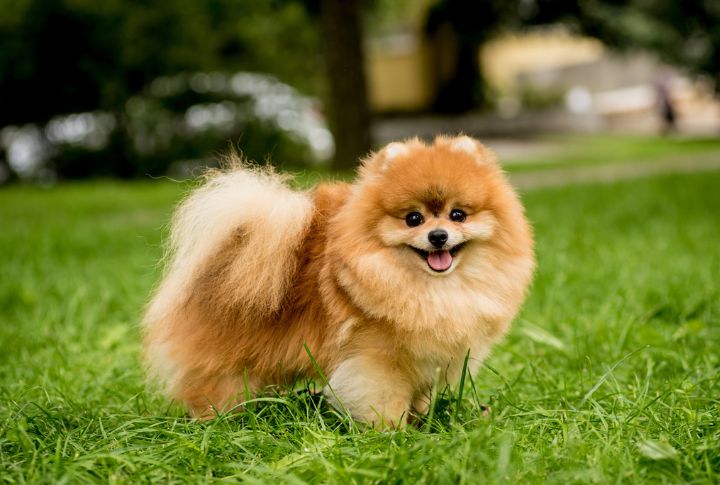
Take Pomeranians, for instance—they’re known for their keen alertness to unfamiliar sights and sounds, leading to frequent barking. If you have a busy lifestyle or live close to neighbors, this breed might not be the best fit for your household. Their tendency to bark at everything makes them unsuitable for unsupervised outdoor time, requiring constant attention to prevent disruptions.
Basenji
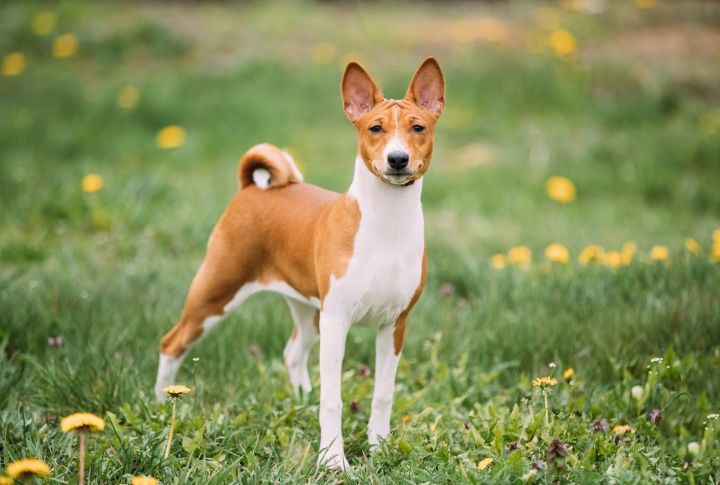
Known for their aloof tendencies, Basenjis might not be the best choice for those seeking an affectionate pet. Their strong hunting instincts and independent nature can make training a challenge. They might resort to destructive behavior without sufficient mental and physical activities to engage them. Unlike most dogs, Basenjis don’t bark; instead, they express themselves through yodeling, growling, and even screaming when unhappy.
Cocker Spaniel
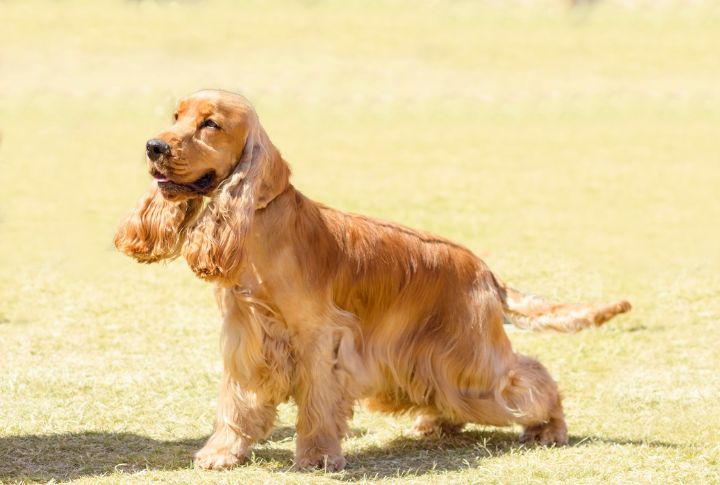
You’ll love this breed for its warm temperament with children and other pets, but it’s also prone to various eye problems such as glaucoma, dry eye, conjunctivitis, and more severe conditions like progressive retinal atrophy. Spaniels also have a drive that regularly results in boisterous behavior, making them better suited for households with older children who match their active lifestyle.
Border Collie
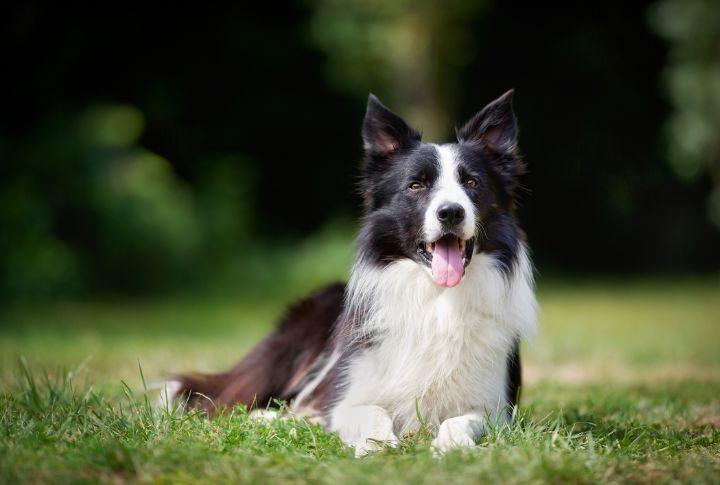
Border Collies can develop challenging behaviors like herding children, chewing, or digging without proper mental stimulation. Their high intelligence and energy levels often lead to excessive barking when bored or frustrated. To prevent behavioral problems, guardians must provide consistent psychological and physical activities to keep these mutts engaged and satisfied.
Jack Russell Terrier
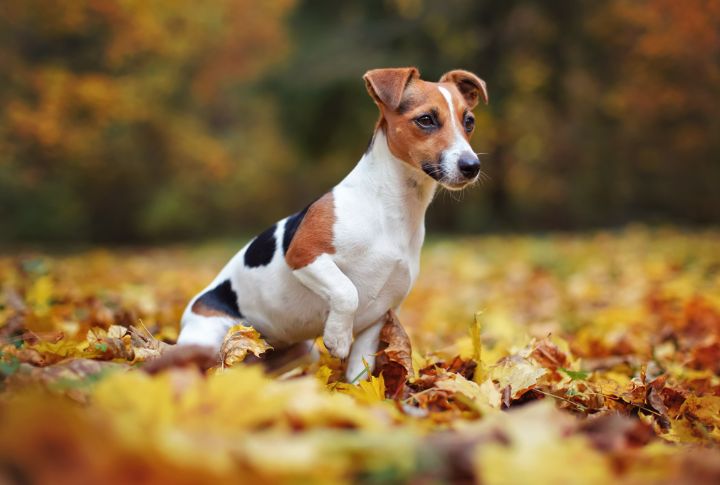
These breeds exhibit dominance or aggression toward other dogs, making it risky to leave them alone together, especially over toys. Their strong prey drive compels them to chase small animals, which can concern owners with other pets. Another thing to note about these mutts is their frequent barking tendencies. They also require consistent, energetic activities to stay happy and healthy.
Chow Chow
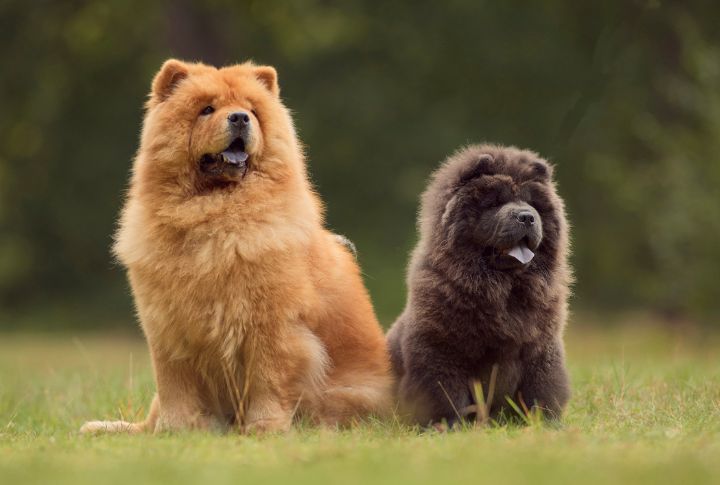
Notorious for their independent streak, Chow Chows sometimes display reserved or protective tendencies that may not align with the needs of inexperienced dog owners or families with young children. Many Chow Chows can exhibit aggressive behavior, especially towards canines of the same gender. Their strong instinct to chase and catch fleeing animals, like cats, can be problematic, and their heavy shedding can leave substantial fur on clothing and furniture.
Dachshund
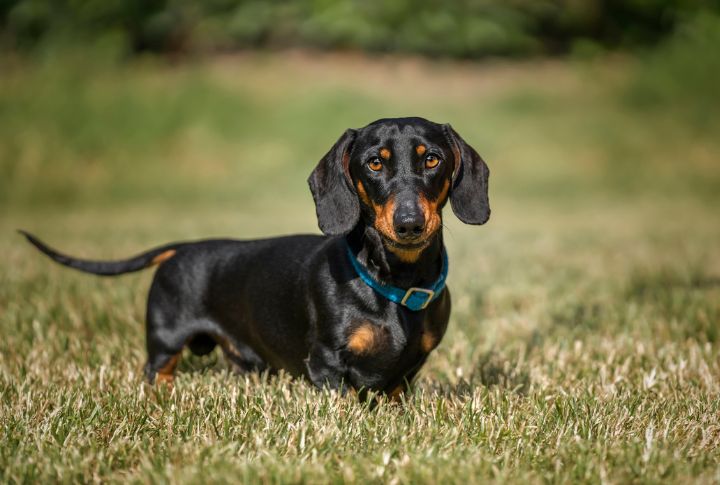
These beautiful beasts are prone to obesity due to their compact build and short legs, which can limit their activity levels. They are also susceptible to conditions like IVDD and other orthopedic issues, further complicating their mobility. Without regular exercise and a structured daily routine, they adopt behavioral problems such as aggression or disobedience, adding stress to their lives.
Samoyed
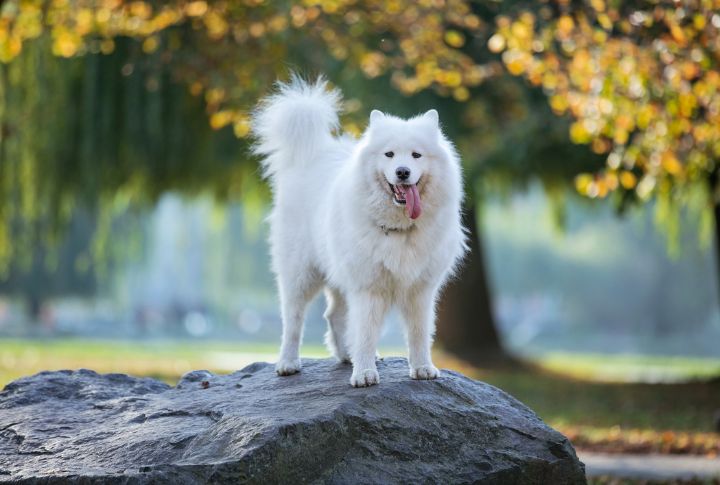
Samoyeds can live up to 14 years, but they come with a host of genetic health issues, including eye and heart conditions, hip dysplasia, and kidney disease. Their intolerance to warmer climates can make these problems worse. Samoyeds need plenty of exercise and can become destructive when left alone. There’s also the issue of heavy shedding and excessive barking that can’t be overlooked.
Labrador
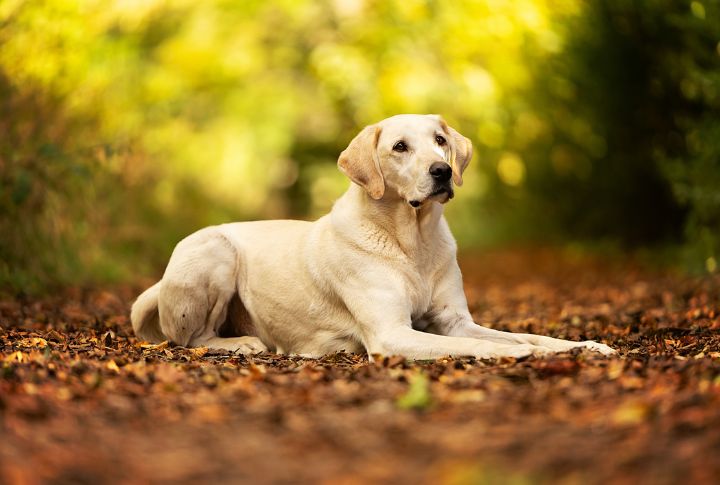
These pooches shed, drool, and chew on almost everything, frequently leaving a trail of messes behind. Known for their extended puppy phase, Labs remain energetic and playful well into their third or fourth year. This exuberance can be overwhelming for very young children, and those expecting a calm dog might be pretty disappointed. Labs are also known to pull on leashes and jump excitedly, which requires time and patience to train out.
French Bulldog
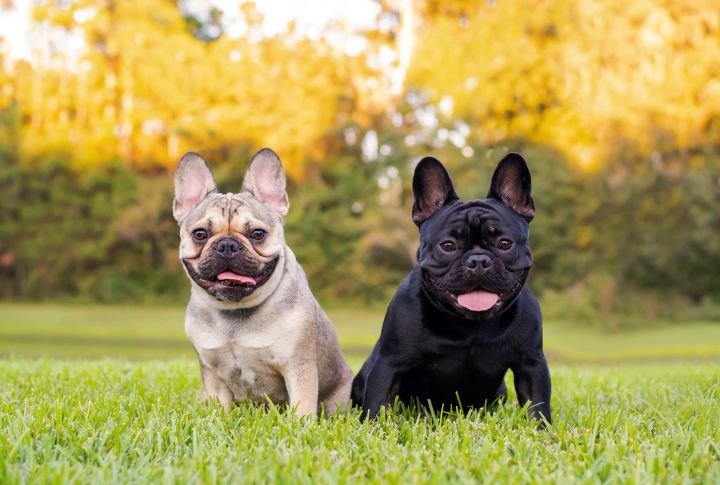
Frenchies are famed for their clinginess. They consistently experience intense anxiety when their guardians are out of sight, leading to neurotic barking until they return. Their love for chewing can result in damaged furniture if they aren’t provided with heavy-duty toys. These mutts have a strong appetite and a stubborn streak, making them quite a handful. Consistent leash training is essential to prevent them from pulling, which can be a nuisance for new parents.
Rottweiler
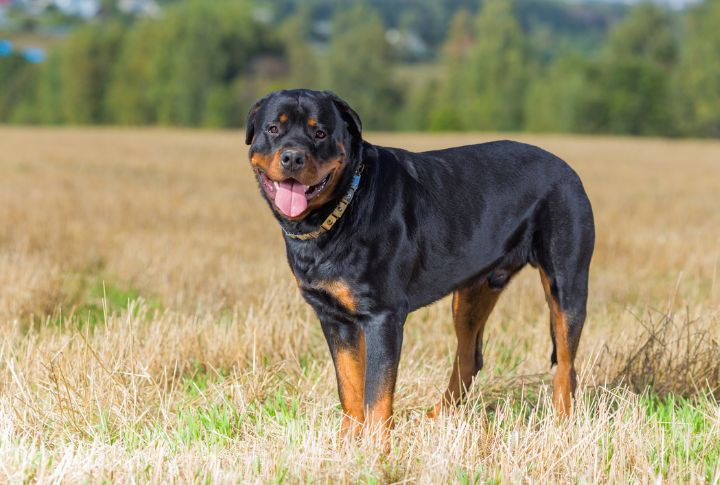
Rottweilers are powerful mutts with strong protective instincts, often leading to aggressive behavior if not properly trained. Their need for consistent, firm discipline can overwhelm first-time dog parents. These fidos also require extensive socialization to prevent them from becoming overly territorial. When a Rottweiler matures and believes it rules the household, trouble is just around the corner.
Shiba Inu
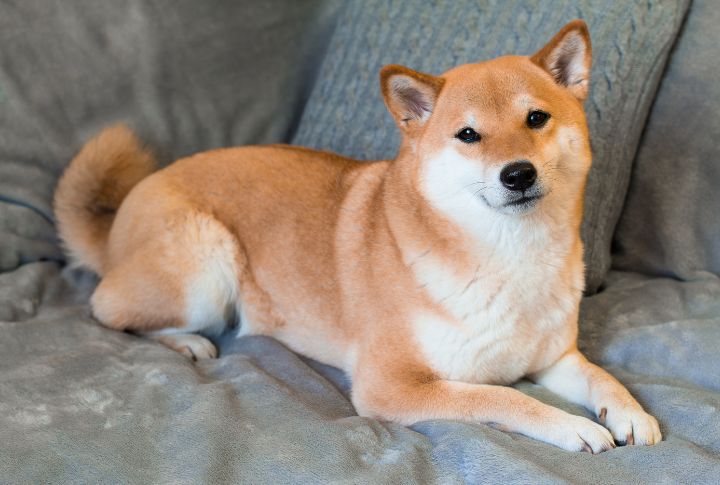
The Shiba Inu, with its fox-like appearance, is deceptively independent and aloof. This stubborn breed is notorious for being difficult to train. They are escape artists, always looking for an opportunity to bolt. Many caregivers regret the constant vigilance required to keep these agile fidos safe and secure. Keeping them on a leash is essential; without it, their instinct to chase takes over, rendering any prior training ineffective.
Akita
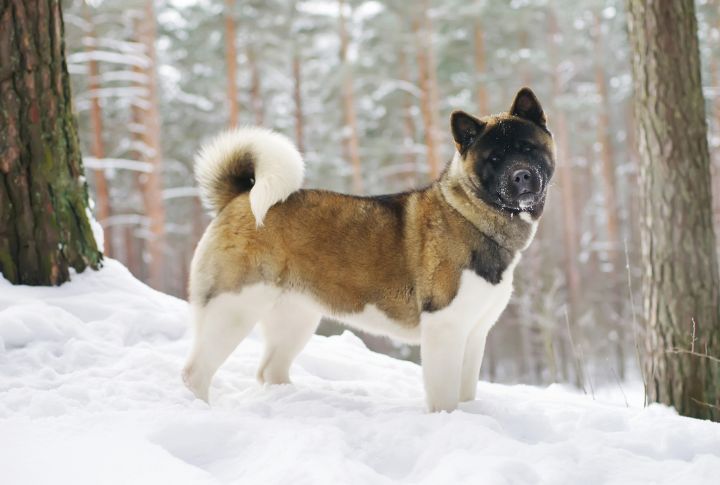
Even after many generations, their instincts still lean heavily toward work rather than relaxation. Akitas are large, imposing beasts prized for their loyalty, but this can quickly turn into aggression towards strangers and other animals. Their independent streak makes training a challenge. Without proper socialization, Akitas can become overprotective and dangerous. Owners often regret underestimating the intensity required to manage this breed.
German Shepherd
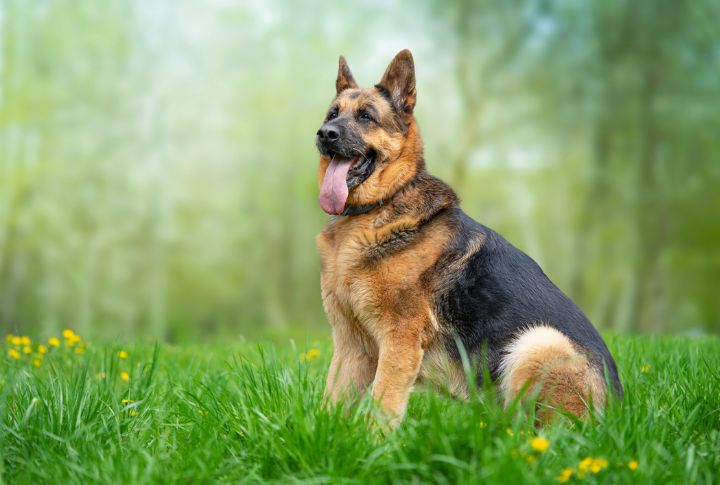
German shepherds excel as service and guard dogs due to their love for training but aren’t suited for a laid-back lifestyle of casual play and lounging on the couch. Without proper outlets, they become bored and destructive. Their high energy levels and need for constant activity can be exhausting for caregivers who can’t keep up. This breed’s tendency to develop health issues also leaves many unprepared parents with hefty vet bills.
Staffordshire Bull Terrier
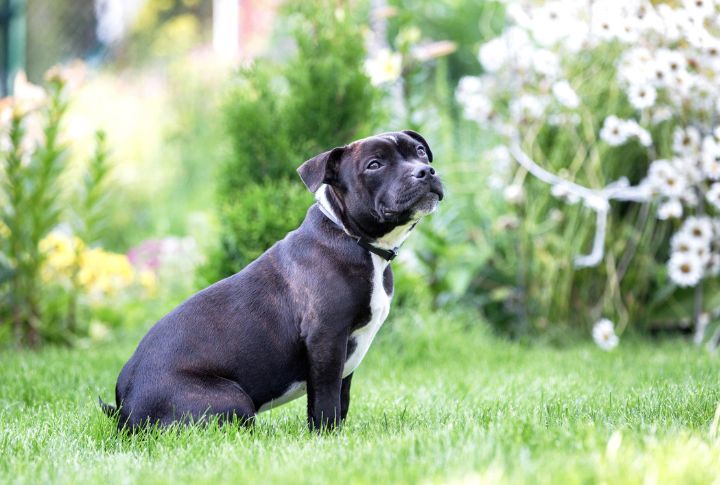
Despite their affectionate nature, Staffordshire Bull Terriers are usually misunderstood due to their muscular build and history. They require robust socialization to prevent aggressive tendencies. Their strength can be overwhelming, leading to regrets for those not equipped to handle such a dynamic dog. Another thing to note is that their jaws are powerful, and once they bite, they rarely let go willingly.
Mastiff
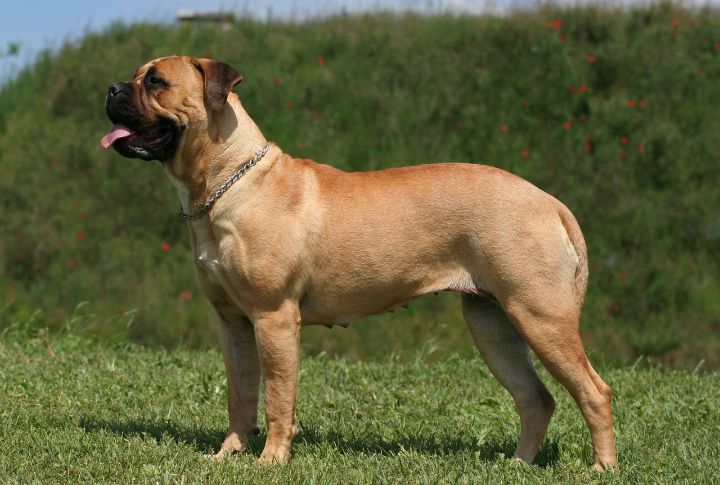
They tend to drool excessively and have a distinct doggy odor, which can be off-putting. Their sheer size makes them difficult to manage, especially in smaller living spaces. Mastiffs have an unwavering loyalty to their families and can be unreasonably wary of unfamiliar guests if not properly socialized. Yet, the greatest challenge of owning these gentle giants lies in the heartache they bring with a lifespan that rarely exceeds ten years.
Australian Cattle Dog
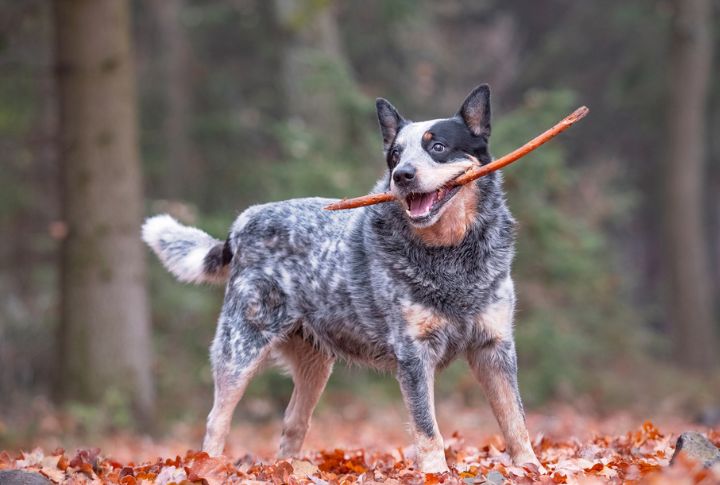
This breed’s tendency to nip and herd people generally leads to regrets among those not ready for such high-maintenance care. Australian cattle dogs are energetic, intelligent, and bred for herding and working. When Australian cattle dogs lack stimulation and become bored, they can turn into little escape artists, using their intelligence to create their own fun. This elevated vigor and need for engagement mostly challenge new owners.
Weimaraner
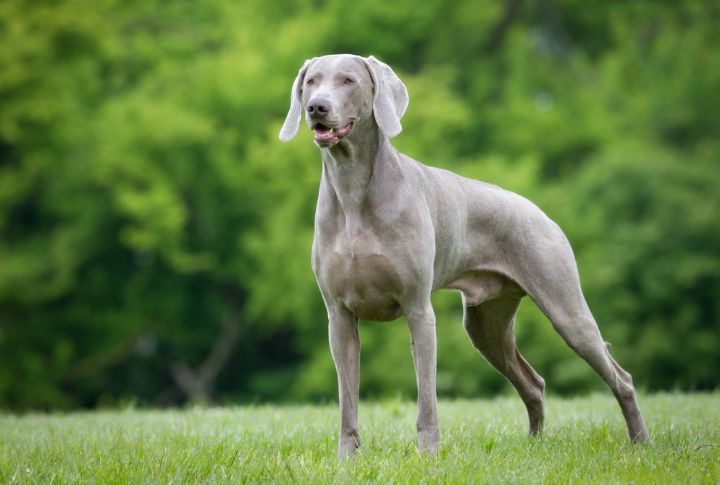
Originally bred as hunting dogs for the Great Outdoors, Weimaraners are not suited to being casual pets. Consequently, many end up in Dog Rescue groups. Additionally, Weimaraners are highly susceptible to bloat, a life-threatening digestive syndrome that can be fatal within hours. They are also prone to joint and bone issues, eye diseases, bleeding disorders, and cancer, making them a somewhat risky choice health-wise.



